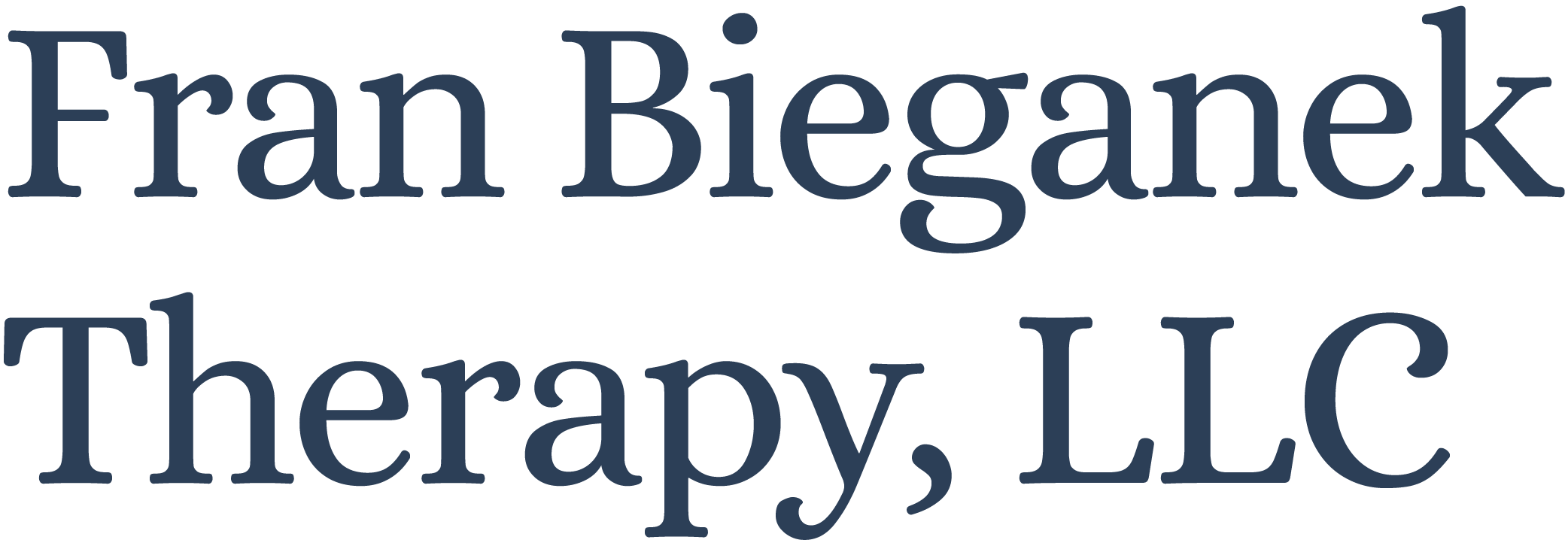Neurofeedback, often referred to as brain training, is a specialized application of biofeedback that functions to change brain circuitry by changing the way the brain processes information. In essence, it utilizes the brain’s natural capacity to change, leading to enhanced self-regulation. This form of treatment provides individuals, of all ages, a sense of agency to regulate their own nervous system, leading to better adaptation skills. During the training process the client’s brain is observed in action from moment to moment. The desired outcome of neurofeedback training is changes in brainwave patterns. The desired change in brainwave activity is specific to the individual and to the condition being treated or the skill enhancement of focus.
The process begins with a comprehensive mapping of the brain, referred to as Quantitative Electroencephalography (qEEG). The data from the qEEG is used to inform treatment protocol. In the treatment protocol clients monitor and analyze brain signals that are picked up by surface electrodes placed on the scalp. Then the signal from the electrodes is processed by a computer and the client receives feedback about key brainwave frequencies. The information about the brainwave activity is shown to the client (via video game), who then tries to change the activity level. The client receives auditory and visual feedback about those attempts. When the client is successful in making brainwave activity changes to more desirable patterns they receive a reward (the audio or visual feedback). When these small changes are repeatedly reinforced (an operant conditioning process) it leads to brain changes. The brain is being “shaped” by this active process. Repeated experience results in increased connections among neurons and in greater strength in the existing connections (this is natural brain training in action!). The learning that happens through neurofeedback training is permanent.
Primary research findings on neurofeedback support its effectiveness with a variety of applications in the categories of cognitive skills enhancement, peak performance enhancement and symptom reduction. One main area of supported application is Post Traumatic Stress Disorder (PTSD). PTSD results from experiencing trauma. Trauma is defined as damage to the mind, body and spirit that occurs as the result of either a severely distressing event (“Big t trauma”) such as rape, sexual abuse, assault, war, accident, terrorism, etc. or a series of intensely stressful experiences (“Little t trauma”) such as emotional neglect and/or abandonment, bullying, living in significant chaos, family violence, neighborhood violence, social exclusion, etc.
Trauma disrupts neurocognitive development often leading to socio, emotional and cognitive impairments, which leave individuals more prone to adopting health-risk behaviors leading to negative health/well-being outcomes (heart disease, obesity, liver disease, cancer, chronic lung disease, anxiety, depression, chemical abuse, suicide, absenteeism, impaired work productivity, financial problems). Neurofeedback helps individuals to retrain the parts of their brain that may have been impacted by trauma.
In addition to treating trauma-related responses, neurofeedback has been found to be effective in the following:
Cognitive Skill & Peak Performance Enhancement
improving working memory performance
increasing motivation and cognitive performance enhancement
improving cognitive processing speed and executive function
increasing focus and improving grades
athletic performance enhancement
music performance enhancement
Resolution of condition symptoms
reducing hyperactivity and impulsivity, improving attention and reducing emotional and ibehavior disturbances in children with ADHD
significantly improving executive functioning: inhibiting impulses, enhancing focus and ability to attend to information
reducing affect dysregulation
producing significant improvements in depression
improving effects of ADHD: attention, hyperactivity, distraction
facilitating pain management: directly affecting the processing of pain perception
improving the level of daily functioning in children with autism spectrum disorder (less aggressive, more cooperation, better communication, attention span and sensory motor skills)
significantly reducing headache frequency in patients with recurrent migraine headaches
reducing of symptoms related to attention & mood in individuals with traumatic brain injury
Considering the potential for enhanced brain functioning that the research is suggesting, the potential long-term impact of neurofeedback is a sense of empowerment and well-being for the individual.
Fran Bieganek is a Licensed Psychologist practicing holistic psychotherapy at Bhakti Wellness Center. She has been practicing for over 20 years and currently specializes in the areas of trauma, anxiety, depression, grief and loss, stress management, developmental transitions and well-being. She works with both individuals and couples. In addition to her therapy practice she has also taught Psychology courses at several colleges in Minnesota. For more information see add on page xx or email her at: franbieganekmslp@gmail.com

Recent Comments